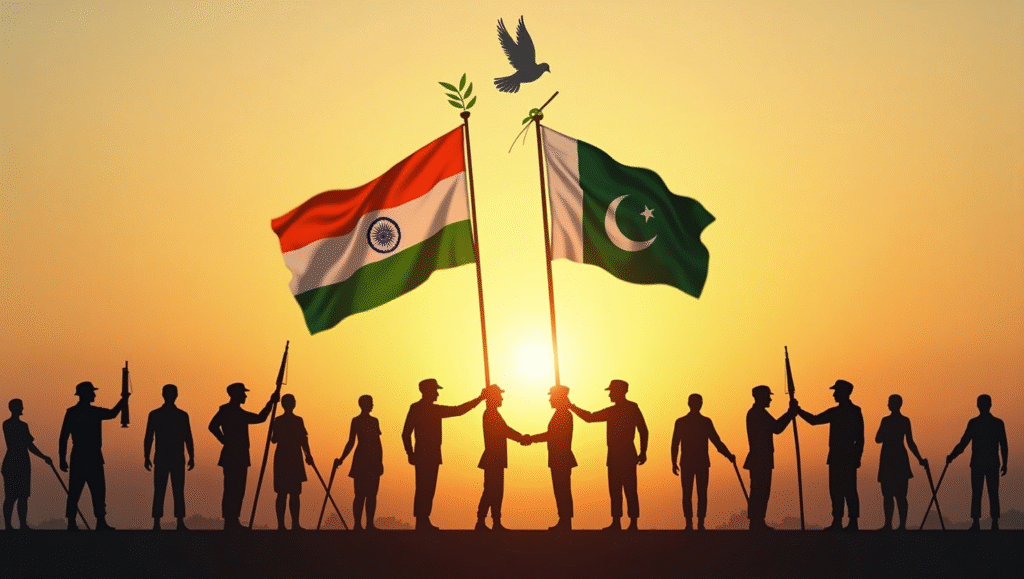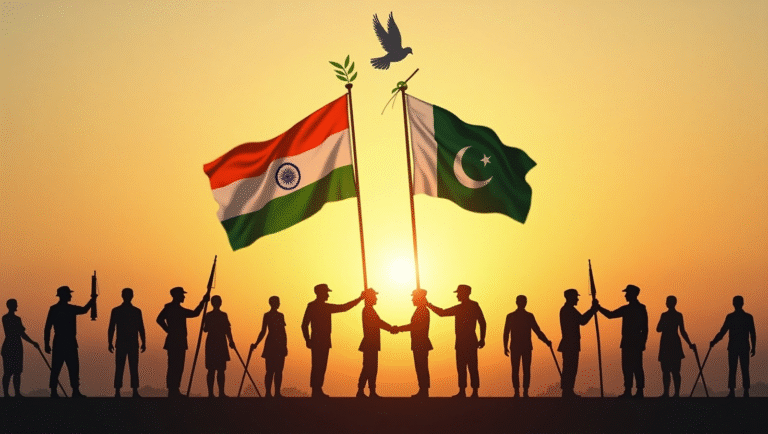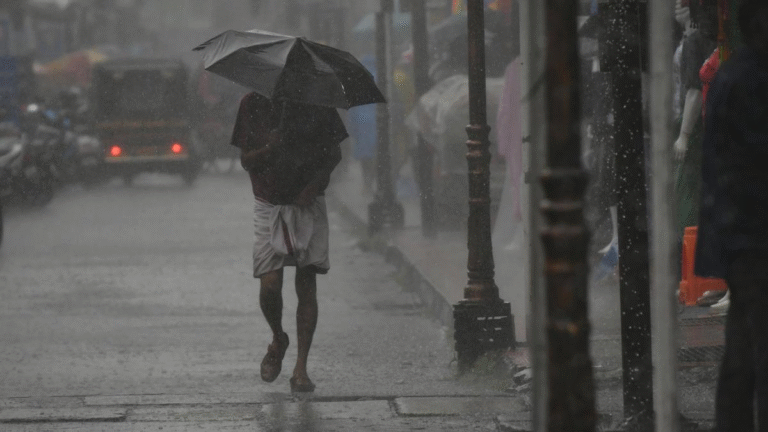
In a significant diplomatic breakthrough, India and Pakistan have agreed to a comprehensive and immediate ceasefire from May 10, 2025. This comes after one of the most dangerous escalations in the region in over two decades, raising the specter of an all-out war between the two nuclear-powered neighbors.
The ceasefire agreement followed a flurry of high-level diplomatic activities led by the United States. US President Donald Trump, in collaboration with Secretary of State Marco Rubio and Vice President JD Vance, played a key role in brokering peace between Islamabad and New Delhi.
The Spark That Lit the Fire
The tensions escalated steeply following a horrific terrorist strike on April 22, 2025, in Pahalgam, Kashmir. The strike killed 28 civilians, the majority of whom were Hindu tourists, and left the nation stunned and enraged. India held Pakistan-based terror groups responsible and launched retaliatory air raids under “Operation Sindoor” against suspected militant camps on the other side of the border.
Pakistan retaliated with its own series of counterattacks and airstrikes, leaving several casualties and damage on either side. The conflict escalated fast in terms of intensity, with international attention and concern over the potential consequences.
Ceasefire Terms and Confirmation
The ceasefire was officially announced by President Trump on his social media platform, Truth Social. The announcement was subsequently confirmed by Indian and Pakistani officials.
India declared its intention to honor the ceasefire but kept its right to defend its sovereignty if attacked. Pakistan’s Foreign Minister Ishaq Dar, however, welcomed the peace deal, reiterating Pakistan’s commitment to regional peace and diplomacy.
Trouble After the Truce
Even as the agreement was being concluded, reports were received of fresh explosions in Jammu and Srinagar barely hours after the ceasefire was scheduled to kick in. Jammu residents reported having heard missiles swooshing in the air at 7:45 PM IST, leading to fears that fragile peace will be short-lived.
Indian authorities have not yet established the cause of these explosions, and they are continuing to investigate if they were violative of the agreement or chance occurrences.
Response Around the World and the Path Ahead
The world in general has welcomed the development in good measure. G7 leaders, United Kingdom, Saudi Arabia, and Turkey have welcomed the ceasefire and called for extended peace talks.
Diplomatic negotiations will probably resume in a neutral site, maybe in Europe or the Middle East, with the intent of discussing the root issues—particularly the Kashmir dispute—that for decades have kept the two nations at odds.
A Tense But Hopeful Future
While the ceasefire is a welcome respite, analysts caution that the situation remains volatile. India and Pakistan’s history of suspicion and ingrained hatred cannot be erased overnight. Peace in South Asia will rely on continued diplomacy, accountability for cross-border terrorism, and more importantly, political will on both sides.
For the millions of individuals living in border regions and war zones, the ceasefire is a ray of hope—a respite from the chaos. Whether it brings a lasting peace, however, only time will tell.
For the latest news, log on to satvnews.in.





